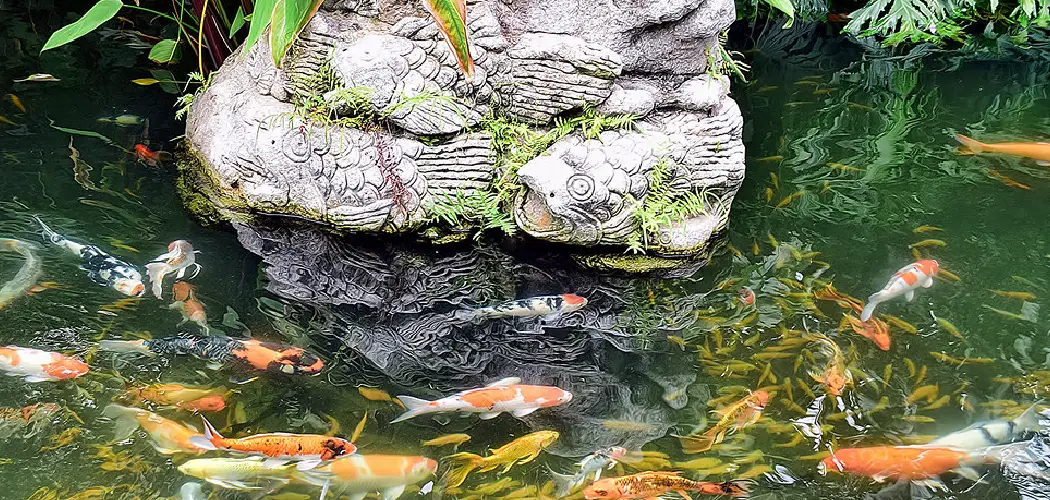Koi ponds are beautiful additions to any garden or backyard, but they require proper maintenance and upkeep to ensure the health and well-being of your fish. One of the essential aspects that koi pond keepers need to pay attention to is the water’s pH level.

A proper pH level helps maintain a healthy environment for your fish by supporting the growth of beneficial bacteria that help break down fish waste and clear the water. If you notice that the pH level in your koi pond is too low, don’t worry. This article will show you how to raise pH level in koi pond.
Can You Raise PH Level in Koi Pond?
Maintaining the proper pH level in a koi pond is crucial for the health and well-being of these magnificent fish. While a slightly acidic pH of 6.5 to 7.5 is ideal for koi, it’s not uncommon for the pH level to drop, especially if the pond is overcrowded or if the water source is acidic. Thankfully, raising the pH level in a koi pond is a straightforward process.
You can use baking soda, crushed coral, or even special chemical products to increase the pH level and ensure your koi swim in the healthiest environment possible. It’s important to monitor the pH level regularly and take corrective action promptly if necessary to avoid any negative consequences for your finned pals.
Why Should You Raise Ph Level in Koi Pond?
Maintaining a healthy environment for your beloved koi fish is a top priority for any pond owner. One of the most important factors to consider is keeping the pH level in the water at an optimal range. A pH level that is too low can be damaging to fish health and lead to algae growth, while a high pH level can cause stress and even death.
Raising the pH level can ensure more stable water chemistry and give your koi the ideal growth and longevity conditions. Not only will your fish flourish, but a well-balanced pond also creates a beautiful and serene environment for you to enjoy.
7 Steps to Follow on How to Raise PH Level in Koi Pond
Step 1. Test the pH Level
Before you can adjust your pond’s pH level, you need to establish its current conditions. Invest in a high-quality pH test kit that can cater to the needs of a koi pond. Test the water in different areas of the pond, as the pH level can vary depending on the location. The ideal pH level for a koi pond should be between 7.0 and 8.0. Any reading below 7.0 means the water is acidic, and above 8.0 means the water is alkaline.
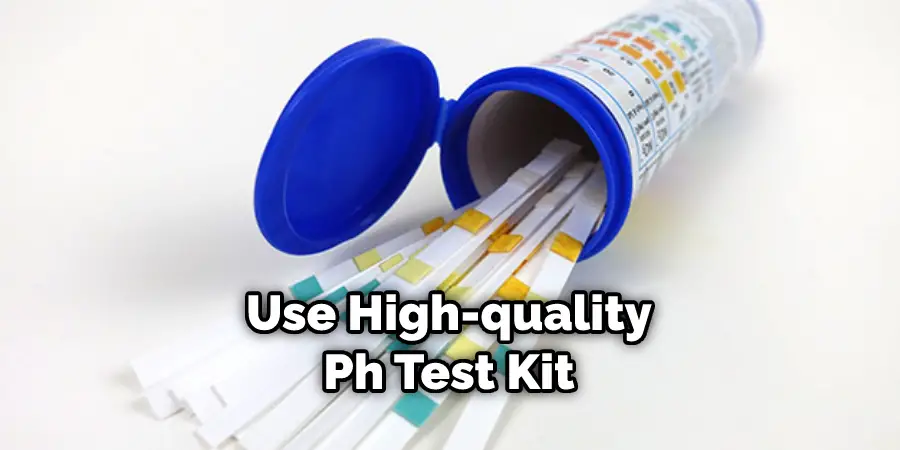
Step 2. Aerate the Pond
One of the most common reasons for a low pH level is inadequate oxygenation of the water. Aeration is an essential process that involves introducing oxygen into the water, which supports the growth of beneficial bacteria that break down fish waste. Adding an air pump to the pond will help circulate the water, increasing the dissolved oxygen levels and consequently raising the pH level.
Step 3. Add Baking Soda
Baking soda is a common household item that can raise the pH level in your koi pond. Make sure to add baking soda in small quantities, as adding too much can spike the pH level, causing a higher risk of a pH crash. We recommend adding one tablespoon of baking soda for every 500 gallons of water in the pond. Mix the baking soda into a bucket of pond water to dissolve it thoroughly, then add the mixture.
Step 4. Add Limestone
Limestone is another natural way to raise the pH level in your koi pond. Limestone is a type of rock that contains calcium carbonate, which acts as a natural pH buffer. It is vital to add the appropriate amount of limestone to your pond, as adding too much can increase the water’s hardness, making it difficult for koi to grow and thrive. A good rule of thumb for adding limestone is to add one pound of limestone rock for every 25 gallons of water in the pond.
Step 5. Monitor the pH Level
Raising the pH level in your koi pond is not a one-time fix. You need to monitor the pH level regularly to ensure that it remains stable. Test the pH level at least once a week and make adjustments as necessary. If the pH level drops again, repeat the steps above until the pH level reaches a stable range.
Step 6. Optimize Alkalinity
The alkalinity in your koi pond should also be kept at a certain level for optimal pH balance. Test the pond water’s alkalinity and reduce it to below 100 ppm if it is too high. The ideal alkalinity level should be between 50 and 80 ppm.
Step 7. Consider Using a pH Buffer
If you find that the pH level in your koi pond is consistently low, consider using a pH buffer to raise it. pH buffers contain minerals or chemicals such as potassium bicarbonate or sodium carbonate that can help maintain an optimum pH level in the water. Make sure to follow the manufacturer’s instructions for usage, as adding too much can result in a pH crash.
That’s it! You’ve now learned the steps to follow on how to raise pH level in koi pond. With regular monitoring and maintenance, you can ensure that your koi pond remains healthy and balanced for many years to come. Good luck!
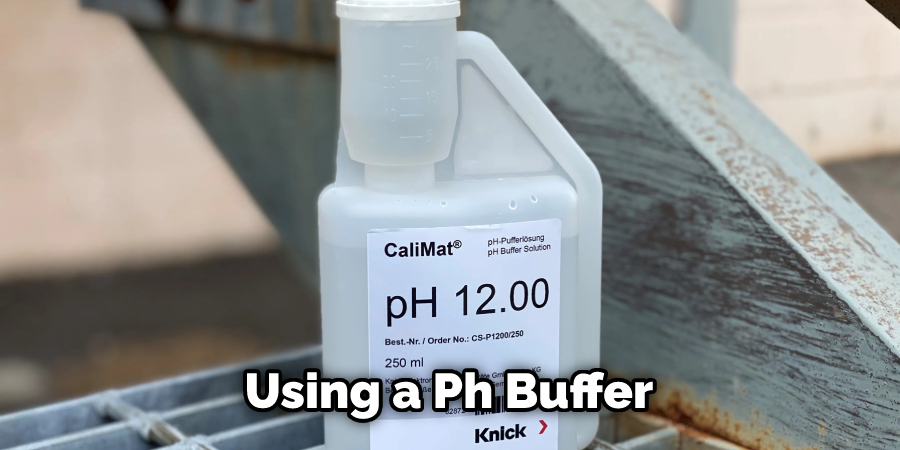
5 Considerations Things When You Need to Buy the Raise PH Level in Koi Pond
1. The Source of The Water
The first thing you need to consider when you need to raise the pH level in your koi pond is the source of the water. If the water is from a well, it is likely that the water already has a high pH level. However, if the water is from a municipal water supply, it is likely that the pH level will be lower.
2. The Type of Fish
The second thing you need to consider when you need to raise the pH level in your koi pond is the type of fish. Some fish, such as goldfish, can tolerate a wider range of pH levels than other fish, such as koi. As such, it is important to know what type of fish you have in your pond before making any changes to the pH level.
3. The Plants in The Pond
The third thing you need to consider when you need to raise the pH level in your koi pond is the plants in the pond. Some plants, such as aquatic mosses, prefer a higher pH level, while other plants, such as water lilies, prefer a lower pH level. As such, it is important to know what type of plants are in your pond before making any changes to the pH level.
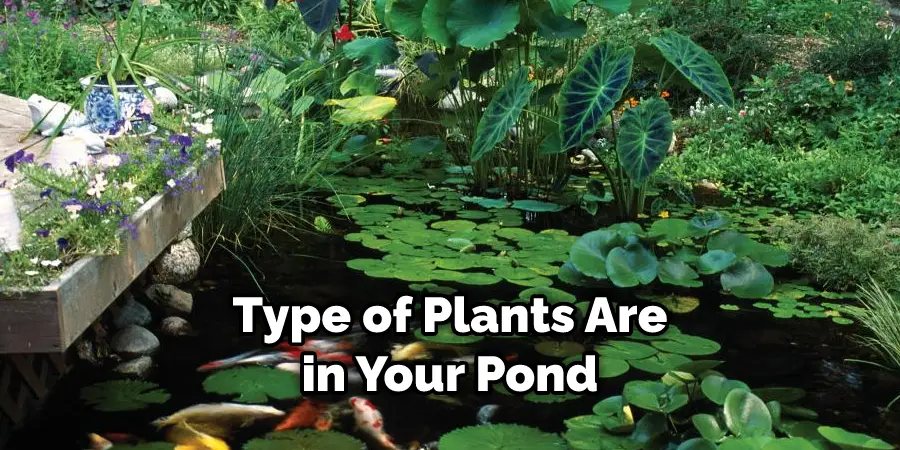
4. The Size of The Pond
The fourth thing you need to consider when you need to raise the pH level in your koi pond is the size of the pond. Smaller ponds are more likely to experience drastic changes in pH levels than larger ponds. As such, it is important to take into account the size of your pond when making any changes to the pH level.
5. The Time of Year
The fifth and final thing you need to consider when you need to raise the pH level in your koi pond is the time of year. Winter is typically a time when ponds experience a decrease in pH levels due to lower temperatures and less sunlight. As such, it may be necessary to make more frequent adjustments to the pH level during winter months than during other times of the year.
Taking into consideration these five factors will help to ensure that you make the right decision when it comes to raising the pH level in your koi pond. By understanding each of these considerations, you can take the necessary steps toward improving the health and well-being of your fish and their environment.
Benefits of Raise Ph Level in Koi Pond
One of the most important factors in maintaining a healthy and vibrant koi pond is ensuring that the water’s pH level is within the appropriate range. Raising the pH level can provide a host of benefits, including improved water clarity, increased oxygen levels, and reduced algae growth.
Additionally, a higher pH level can also promote the growth and well-being of beneficial bacteria, which are critical in maintaining a balanced ecosystem within the pond. Raising the pH level lets koi enthusiasts enjoy a beautiful and thriving pond where their fish will thrive.
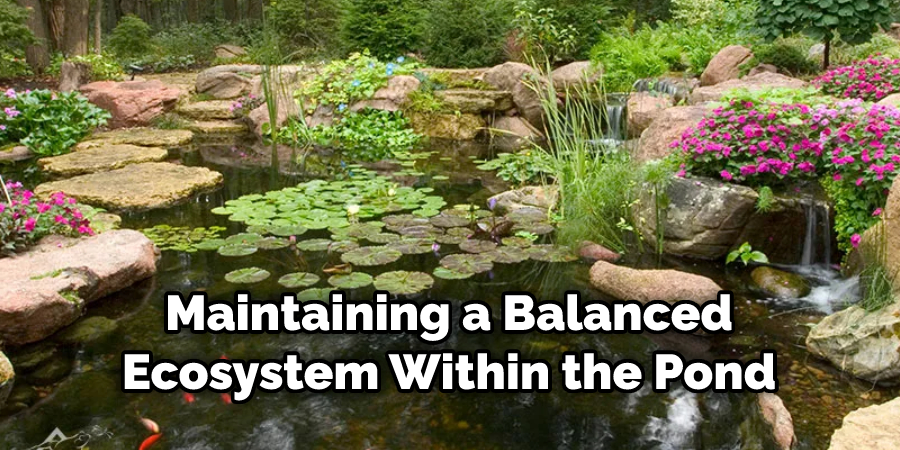
Conclusion
Maintaining a proper pH level in your koi pond is essential for the health and well-being of your fish. By using the methods outlined above, you can raise the pH level in your pond and provide a healthy environment for your koi to thrive. Regularly maintaining and monitoring the pH level will ensure that your pond remains healthy and balanced.
Remember to test the water regularly, add aeration, add baking soda or limestone in small doses, and continuously check the pH level until it reaches the ideal range of 7.0-8.0. Implementing these steps will help you enjoy your koi pond and watch your fish grow and flourish. Thanks for reading our post about how to raise ph level in koi pond.
About
Outdoor Fixes is a distinguished figure in the world of Diy design, with a decade of expertise creating innovative and sustainable Diy solutions.
His professional focus lies in merging traditional craftsmanship with modern manufacturing techniques,
fostering designs that are both practical and environmentally conscious. As the author of diy,
outdoorfixes delves into the art and science of outdoorfixes-making, inspiring artisans and industry professionals alike.
Education RMIT University
(Melbourne, Australia) Associate Degree in Design (Outdoor Fixes) Focus on sustainable design, industry-driven projects,
and practical craftsmanship. Gained hands-on experience with traditional and digital manufacturing tools, such as CAD and CNC software.
Nottingham Trent University
(United Kingdom) Bachelor’s in outdoorfixes.com and Product Design (Honors) Specialized in product design with a focus on blending creativity with production
techniques. Participated in industry projects, working with companies like John Lewis and Vitsoe to gain real-world insights.
Publications and Impact
In diy, Outdoor Fixes his insights on indoor design processes, materials, and strategies for efficient production.
His writing bridges the gap between artisan knowledge and modern industry needs, making it a must-read for both budding designers and seasoned professionals.

